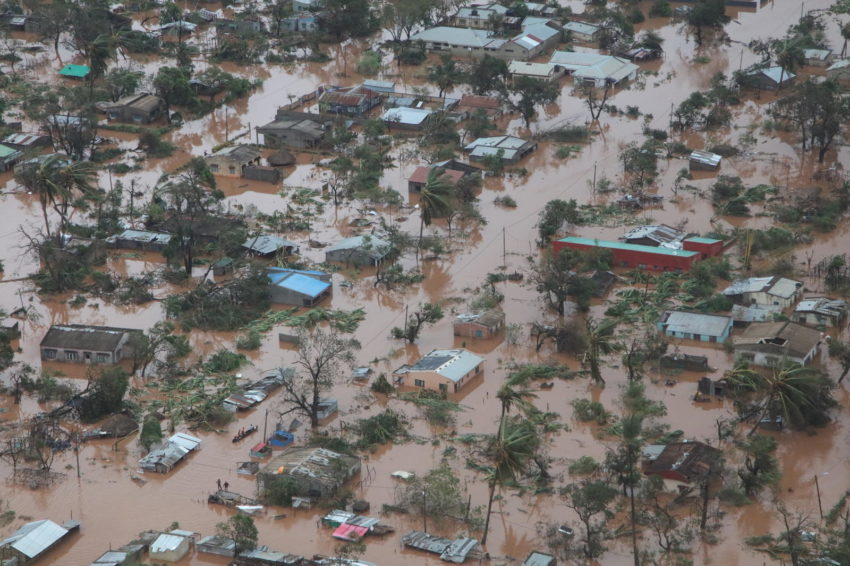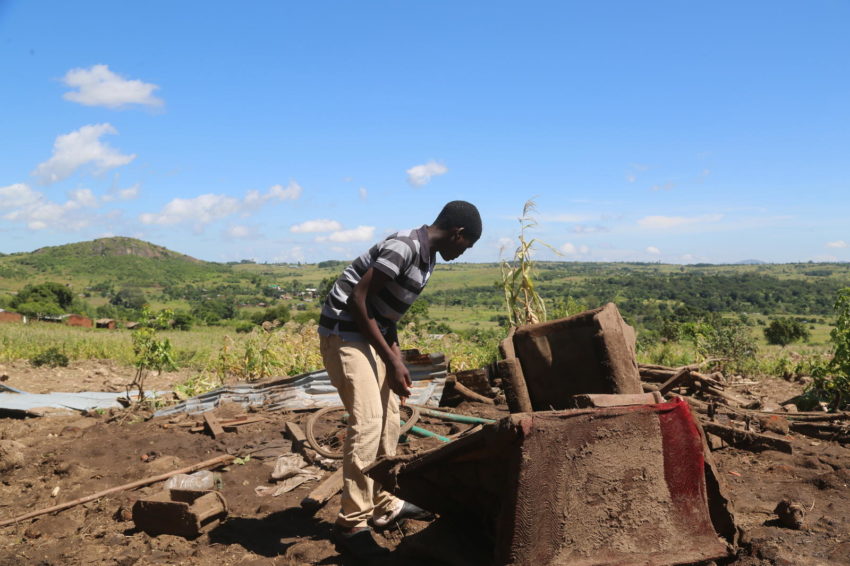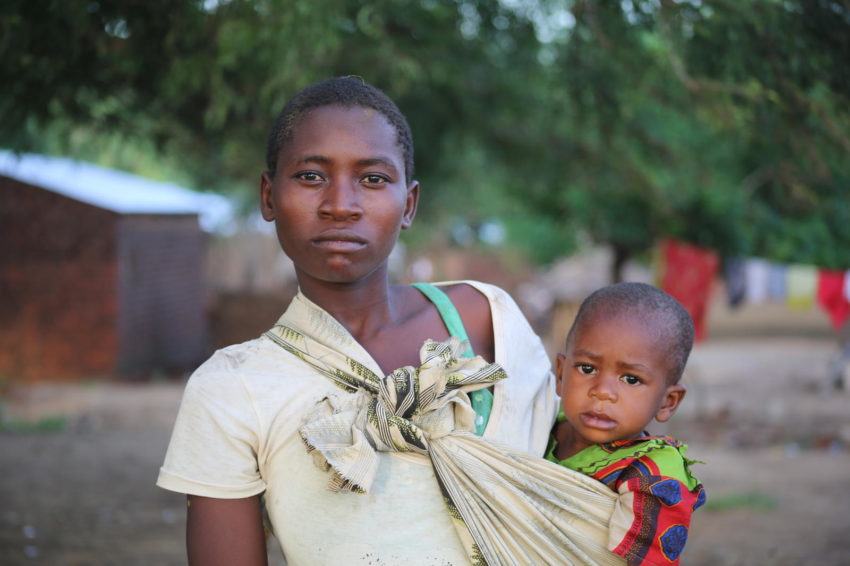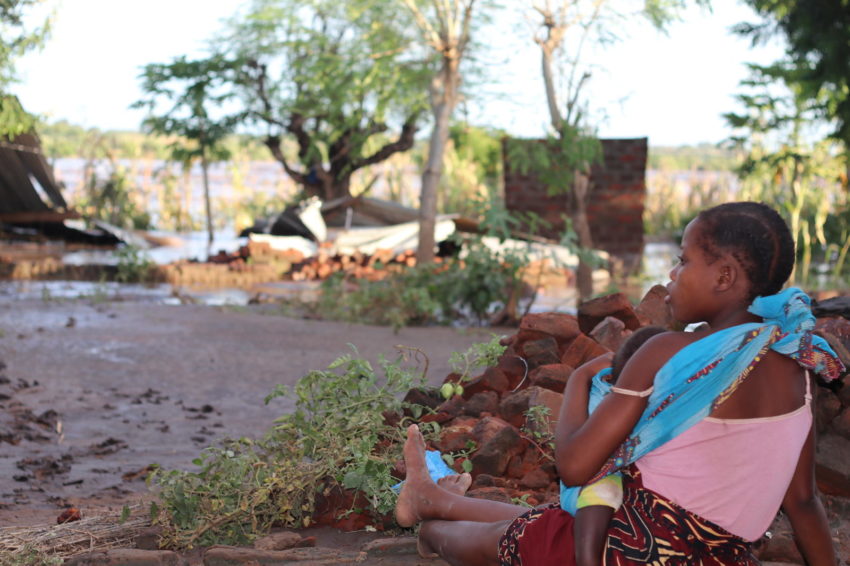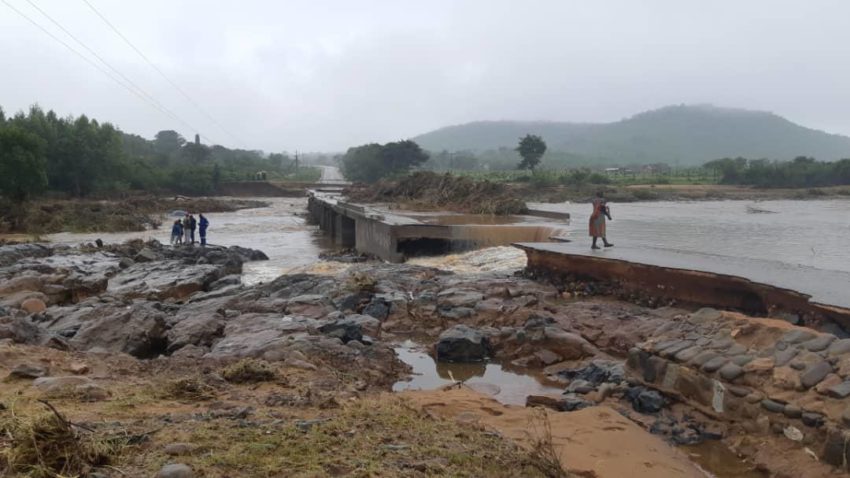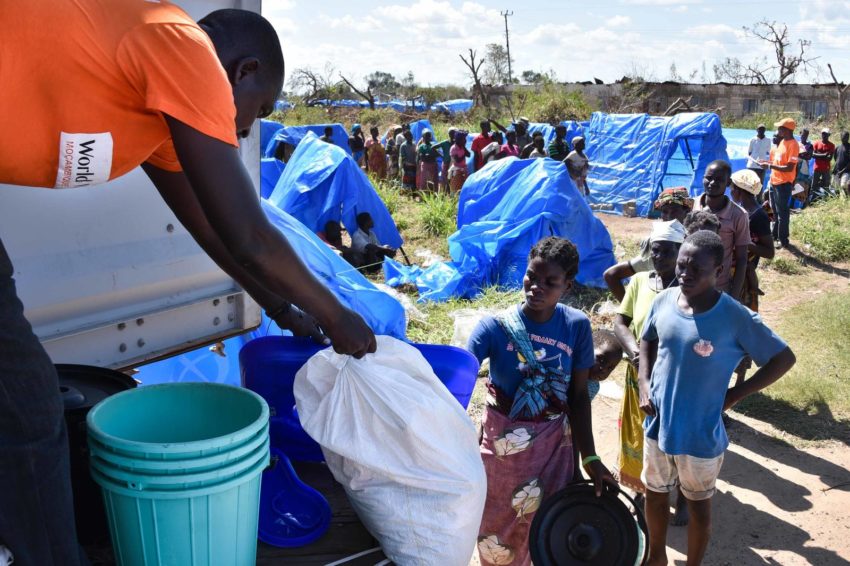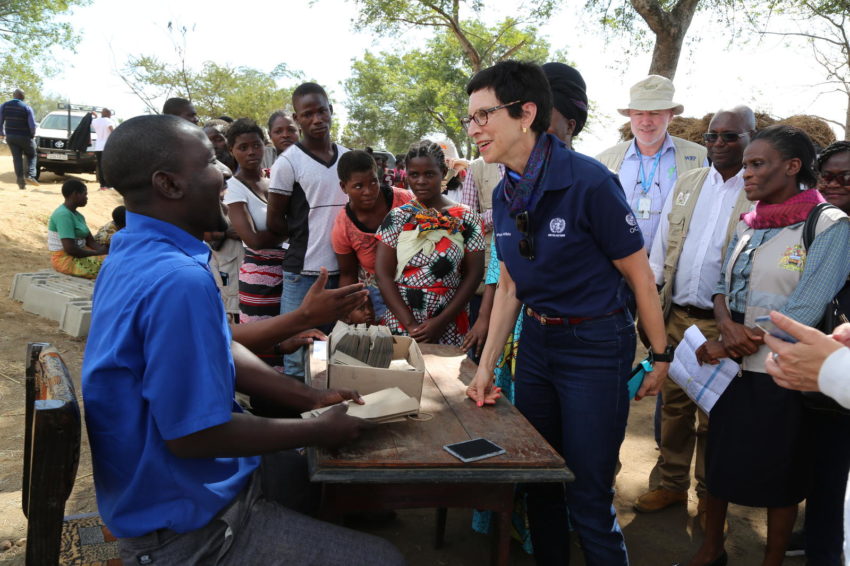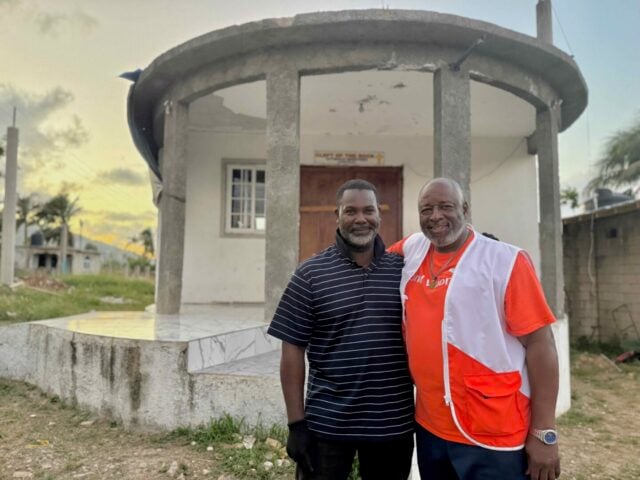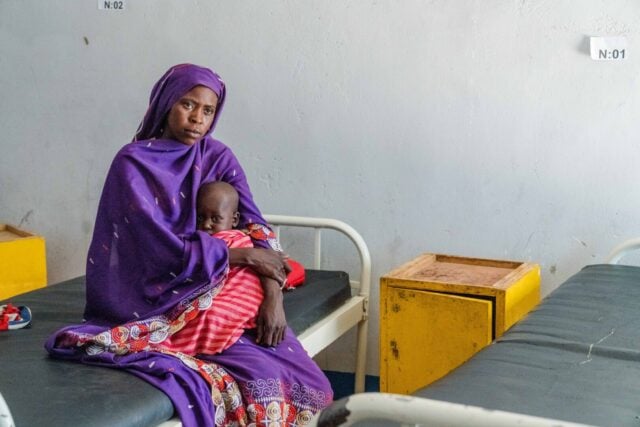Cyclone Idai made landfall near Beira city, Mozambique, on March 14, 2019, as a Category 2 storm. Its heavy rains and strong winds led to flash flooding, hundreds of deaths, and massive destruction of property and crops. Less than six weeks later, on April 25, Cyclone Kenneth dealt a hard blow to northern Mozambique about 600 miles north of Idai’s impact zone.
Cyclones Idai and Kenneth were two of the top five worst storms to ever hit Mozambique. Catastrophic flooding from the storms affected close to 2.2 million people in Mozambique, Zimbabwe, and Malawi. They caused an unprecedented amount of damage.
Southeast African farmers have suffered through years of drought and occasional heavy rains that led to flooding. Many families continue to be food insecure and food prices are high.
You can deliver hope and practical help when disasters strike.
FAQs: What you need to know about Cyclone Idai and Cyclone Kenneth
Find answers to frequently asked questions about the cyclones in Southeast Africa, including how you can help people affected by disasters.
- Cyclone Idai, Cyclone Kenneth, and Southeast African floods timeline
- Where did Cyclone Idai and Cyclone Kenneth develop?
- Where and when did they make landfall?
- How much damage did the cyclones cause?
- What is the difference between a hurricane, typhoon, and cyclone?
- How have people been affected by the cyclones and flooding?
- How can I help people affected by disasters?
- What is World Vision doing to help people affected by the cyclones and flooding?
Cyclone Idai, Cyclone Kenneth, and Southeast African floods timeline
2019
- March 3 — The tropical disturbance that would become Cyclone Idai develops and begins to strengthen near the coast of Africa.
- March 5 – Heavy rains cause severe flooding across Mozambique and Malawi.
- March 11 – Now a tropical depression, the storm builds in intensity between coastal Africa and Madagascar.
- March 14 to 15 – Tropical Cyclone Idai makes landfall near Beira, Mozambique, as a Category 2 storm with sustained winds exceeding 105 mph.
- March 20 – Heavy rains continue along with search and rescue operations and damage assessments.
- March 21 to 27 — Governments and humanitarian aid agencies begin responding with life-saving relief supplies to the affected areas.
- March 28 — The Mozambique government calls off the search for survivors of Cyclone Idai.
- April 2 — Cholera cases in Mozambique top 1,400, according to health officials.
- April 25 — Cyclone Kenneth hits northern Mozambique with winds above 125 mph.
2020
- March 5 — Almost a full year after Cyclone idai, 100,000 people are still living in resettlement sites with only basic services.
Where did Cyclone Idai and Cyclone Kenneth develop?
Cyclone Idai developed in the Mozambique channel between Mozambique and Madagascar. Often, storms that develop there don’t strengthen as much as those that form north and east of Madagascar, but Cyclone Idai was fed by warm water temperatures.
Tropical Cyclone Kenneth formed north of Madagascar and the Mozambique Channel. Fed by warm ocean temperatures, it strengthened from a Category 1 to a Category 4 storm in the 24 hours ahead of making landfall on April 25.
Where and when did they make landfall?
Starting on the evening of March 14, Cyclone Idai made landfall in Beira, Mozambique, a coastal city of half a million people. The fierce storm pummeled Mozambique, Malawi, and Zimbabwe with strong winds and rains.
Cyclone Kenneth made landfall near Pemba, Mozambique, in the late afternoon of April 25, 2019, with sustained winds clocked at 140 mph. The greatest force of Kenneth was expended in a sparsely populated area, so the storm caused fewer deaths and less destruction than Cyclone Idai.
How much damage did the cyclones cause?
Cyclone Idai wiped out roads, bridges, and dams as it swept through Southeast Africa. The United Nations estimated that Cyclone Idai and subsequent flooding destroyed more than $773 million in buildings, infrastructure, and crops. More than 100,000 homes were damaged or destroyed.
Cyclone Kenneth is estimated to have destroyed about $100 million worth of homes, crops, and infrastructure, including boats and equipment belonging to coastal fishing villages.
What’s the difference between a hurricane, typhoon, and cyclone?
Hurricanes form in the Atlantic and Caribbean, cyclones in the Indian Ocean, and typhoons in the Asia-Pacific region. Scientifically, they are all known as tropical cyclones.
How have people been affected by the cyclones and flooding?
Hundreds of thousands became homeless and displaced. Many people lost family members and friends and saw their communities devastated. Cases of cholera, malaria, diarrhea, and respiratory infections increased due to poor living conditions.
In cyclone-affected areas of Mozambique and Zimbabwe, about many people still don’t have adequate food. Cyclone damage, drought, crop pests, and insecurity have contributed to their heightened need.
How can I help people affected by disasters?
- Pray for people who are in need and the aid workers who are bringing relief.
- Give to World Vision’s disaster relief fund to help families affected by disasters like the southern African cyclones.
What is World Vision doing to help people affected by the cyclone and flooding?
World Vision immediately mounted a disaster response in Mozambique, Malawi, and Zimbabwe, where we had already operated for years. The initial focus was food and nutrition, water and sanitation, household goods and shelter assistance, health, child protection, and education.
Here’s what we accomplished in the first six months of the response:
- 1 million people received life-saving food assistance
- Nearly 400,000 people accessed clean water and/or sanitation
- More than 200,000 children were helped with education
- About 10,000 children participated in Child-Friendly Spaces
- 29,000 children were screened for malnutrition
- About 44,000 people received seeds, livestock, and training to restart their livelihoods
These are ongoing activities that will help families recover and develop resiliency:
Mozambique
- In addition to food assistance, we distribute seeds and tools to farmers.
- We’ve started savings and loan groups and cash for work projects.
- We’re building and repairing schools and school latrines.
- Boys and girls participate in our Child-Friendly Spaces.
- We’re building and repairing boreholes so more people have clean water.
- We’re training adolescents in life skills and teaching positive parenting.
Malawi
- Families are receiving food aid to help them through the lean season and supplemental food for children under age 5.
- Female goats are distributed to families with needs for extra nutrition support.
- Children are being screened for malnutrition, and when needed, sent to health centers for treatment.
- Communities are planting tree seedlings and digging trenches to handle runoff from heavy rains.
Zimbabwe
- More than 400 houses are being rehabilitated.
- We are helping to rebuild classrooms and providing schools with furniture and water tanks.
- Water and sanitation improvements are being built, including latrines, wells, and piped water systems.
- Farmers are getting help to improve their production in the next growing season.
